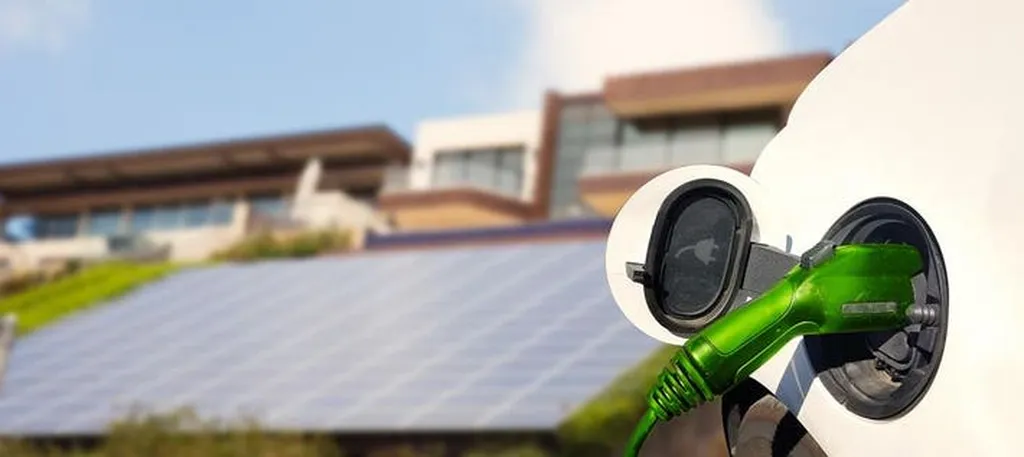In the rapidly evolving energy landscape, the rise of behind-the-meter distributed energy resources (DERs) is reshaping the retail electricity market, and a recent study published in the *IEEE Open Access Journal of Power and Energy* offers a compelling look at how retailers can navigate this dynamic environment. Led by Sumedha Sharma of PSC North America in Burnaby, BC, Canada, the research introduces a dynamic retail market model designed to investigate the sustainability of retail contracts in markets heavily penetrated by DERs.
The study highlights a critical challenge facing utilities and retailers: as customers adopt more DERs—such as rooftop solar panels and home batteries—their electricity demand from the grid decreases. This reduction in net demand leads to lost revenue for utilities, who often respond by raising prices. Higher prices, in turn, further incentivize DER adoption, creating a feedback loop that threatens the financial stability of traditional utility models. “The key issue here is the sustainability of retail contracts in a market where DERs are becoming increasingly prevalent,” Sharma explains. “Retailers need innovative business models to ensure long-term viability while maintaining customer satisfaction.”
To address this challenge, Sharma and her team developed a dynamic retail market model that captures the complex interdependencies between market components and processes. The model incorporates non-linear causal relationships and feedback loops, allowing retailers to assess their long-term business performance in networks with high levels of prosumer participation—customers who both consume and produce energy. “By understanding these dynamics, retailers can make informed decisions that balance financial sustainability with customer needs,” Sharma says.
The research also introduces an integrated operation and planning framework for conducting techno-economic analyses and decision modeling for retailers, utilities, and customers. Using this framework, the team proposed two alternative retailer business models designed to enhance long-term sustainability and economic viability for both retailers and customers. Analytical studies evaluating these models demonstrated that subscription-based approaches could effectively mitigate the financial impacts of widespread DER adoption, ensuring long-term system stability.
The findings suggest that as DER penetration continues to grow, retailers will need to adopt more flexible and innovative business models to remain competitive. “This research provides a roadmap for retailers to navigate the complexities of a DER-penetrated market,” Sharma notes. “By leveraging dynamic models and subscription-based approaches, they can create a more resilient and sustainable energy ecosystem.”
As the energy sector continues to evolve, the insights from this study could shape future developments in retail market operations and business strategies. By embracing these innovative models, retailers can not only safeguard their financial sustainability but also contribute to a more stable and equitable energy future.

